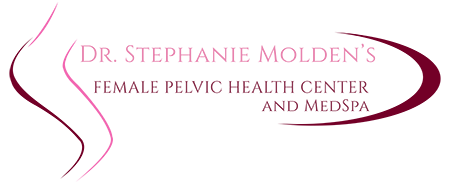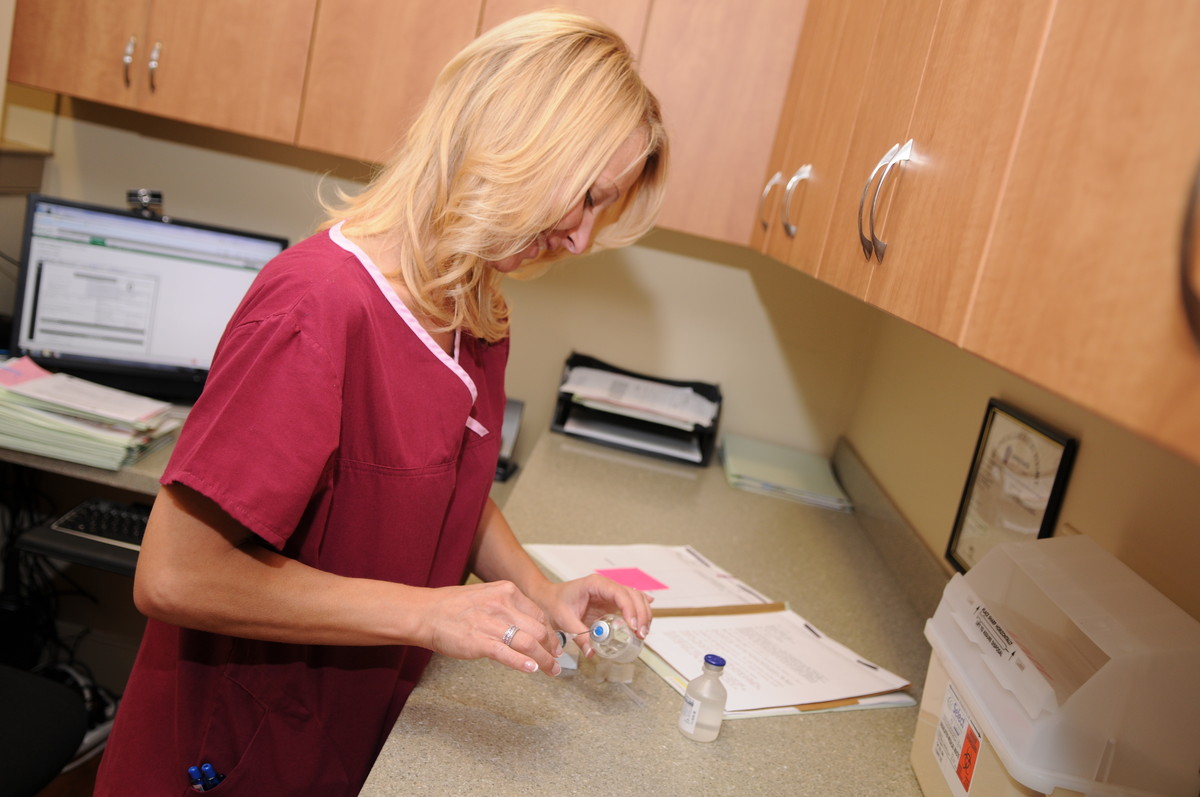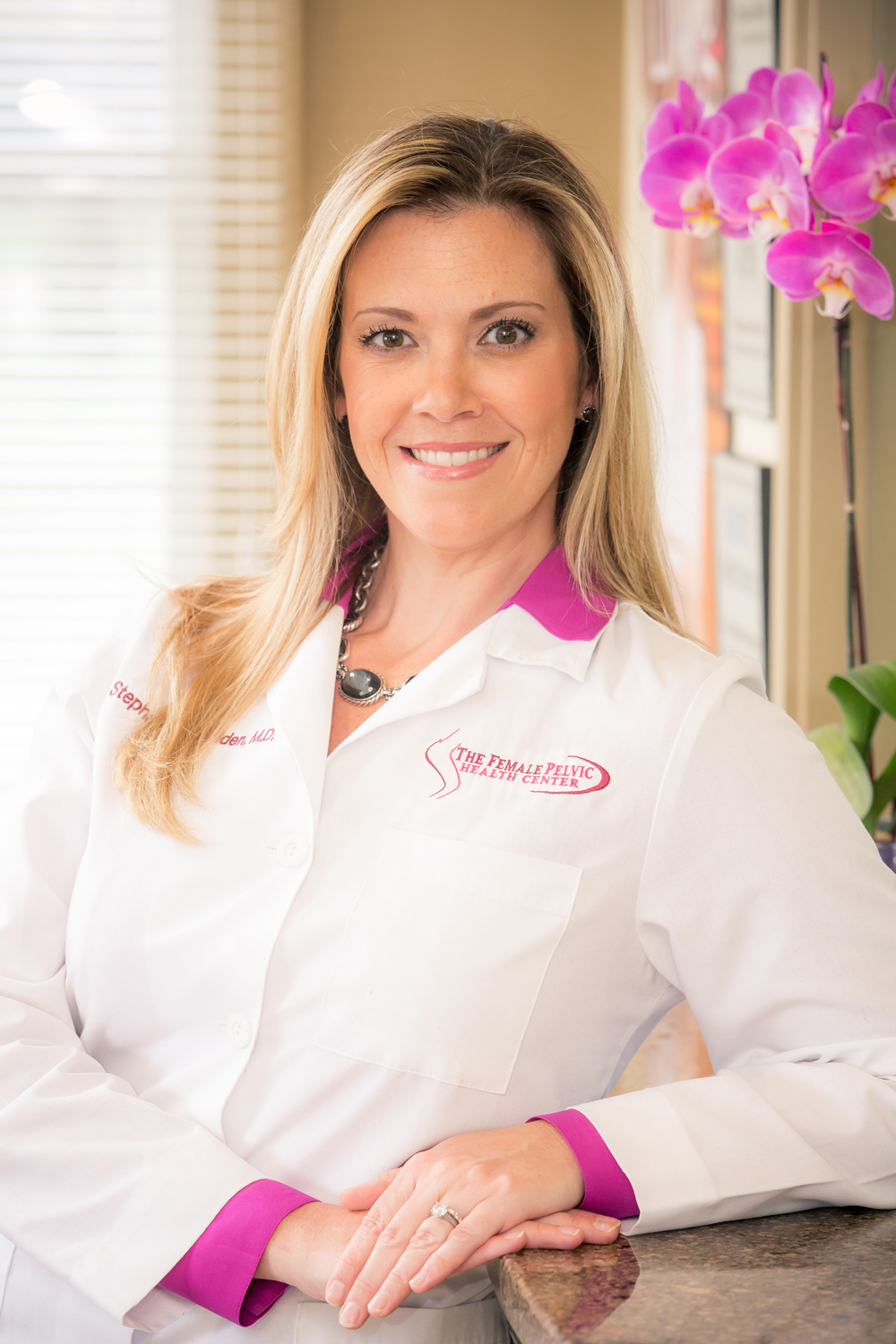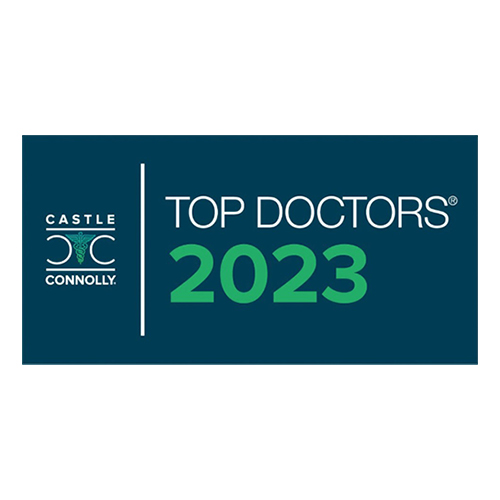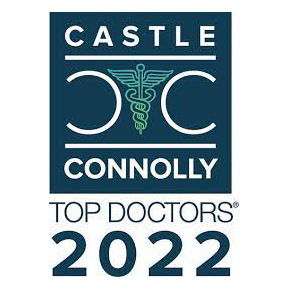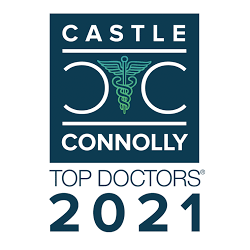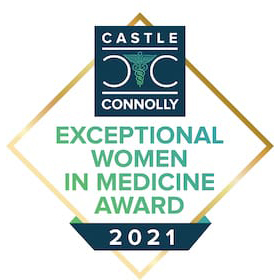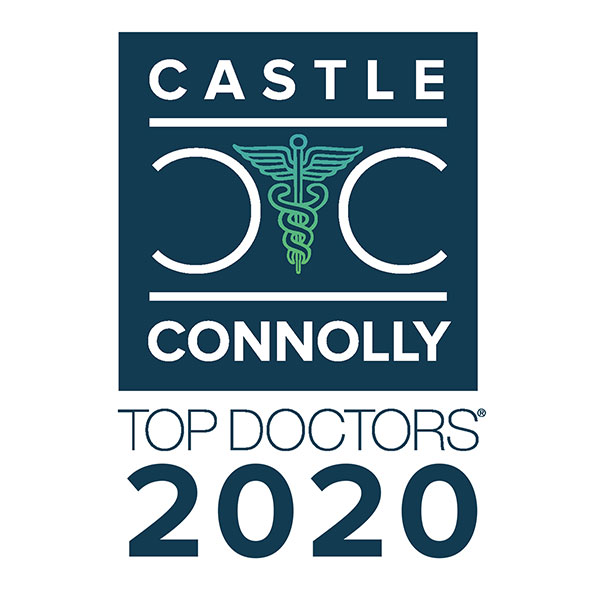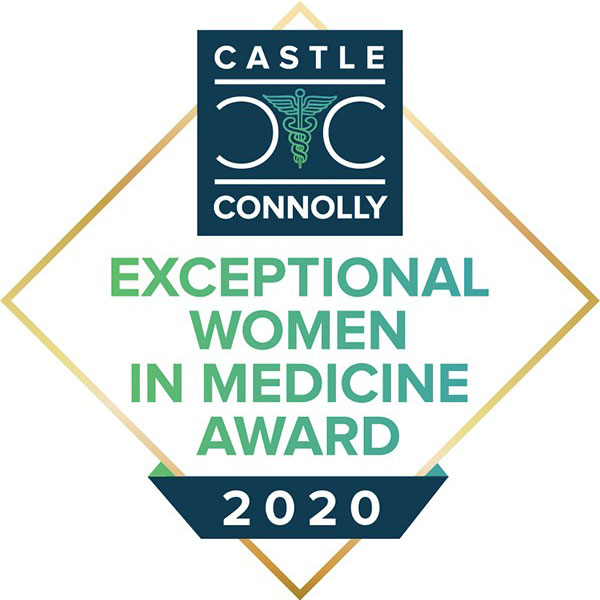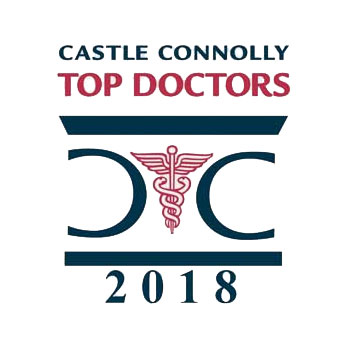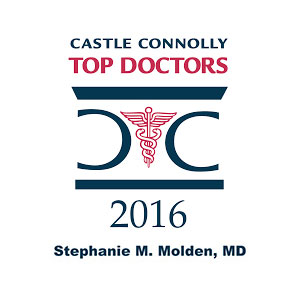Urogynecology Conditions We Treat
At the Female Pelvic Health Center, we specialize in treating common and sensitive pelvic floor conditions. Pelvic Floor Disorders (PFDs) may affect more than a third of all women in their lifetime. But incontinence, prolapse, and sexual dysfunction are all treatable urogynecology conditions – there is no need to suffer.
Pelvic floor disorders are NOT a normal part of aging that you “just have to live with.” Most women experiencing symptoms don’t seek treatment because they are embarrassed or assume that everything is a result of aging or having babies and simply cannot be avoided. Others want help, but don’t know what kind of doctor to see – their GP? Their OB/GYN? A Urologist? What is important to know is that most pelvic floor conditions are treatable urogynecology conditions.
Depending on what is best for each individual patient, pelvic floor dysfunction treatments may include surgical procedures, non-surgical alternatives, or a combination of both. For a prolapse, for example, treatment may include pelvic floor therapy, minimally invasive laparoscopic or vaginal surgery, robotic surgery utilizing a daVinci robotic device*, or non-surgical Pessaries to reduce or lessen the symptoms. Which to use is dependent on the severity of symptoms, recovery time, and the patient’s comfort level. Dr. Stephanie Molden and the Female Pelvic Health Center have extensive experience and success with a wide range of pelvic floor dysfunction treatments and will work with you to determine the best course of action for you.
Treatable Urogynecology Conditions
Learn more about these common pelvic floor conditions and treatments:
Call today to set up a consultation. 215-504-8900
*Dr. Stephanie Molden is experienced in performing robotic surgeries. She was the first doctor to use the daVinci robotic device at St. Mary Medical Center in Langhorne, PA, where she is also served as the founding Medical Director of their acclaimed robotics program.
We provide you the best available care by first assuring that your condition has been accurately understood and diagnosed. Some patients’ problems may have more than one cause. Or the cause may not be easily identified.
The experts at the Female Pelvic Health Center offer state-of-the-art testing and diagnostic techniques that pinpoint the source and nature of problems including:
- Pelvic organ prolapse (procidentia, cystocele, rectocele, vaginal vault prolapse)
- Urinary incontinence
- Painful bladder syndromes
- Many others
Our tests and diagnostics include:
Collection and measurement of urine to assess voiding/urination
Uroflowmetry is a test that measures the volume of urine released (excreted) from the body, the speed with which it is excreted, and how long the excretion takes.
How the test is performed: You will urinate in a special urinal or toilet with a machine that has a measuring device. You will be asked to begin urinating after the machine has started. When you finish, the machine will create a report for your health care provider.
How to prepare for the test: Your health care provider may ask you to temporarily stop taking medications that can affect the test results. Uroflowmetry is best done when you have a full bladder. Instructions:
- Do not urinate for 2 hours before the test.
- Drink extra fluids so you will have plenty of urine for the test.
- Do not place any toilet tissue in the test machine.
Measurement of bladder and urethral activity through use of a very small catheter inserted in the bladder to assess its function.
Performed in our office, a typical urodynamic study consists of a series of tests designed to thoroughly evaluate bladder and urethral function. In order to understand every detail of your bladder problem, these tests:
- Record very precise scientific data on your bladder's ability to store and empty urine.
- Are conducted to evaluate leaking urine, difficulty emptying the bladder, frequent urination, recurrent infections, and loss of bladder support.
Visual examination of the inside of the urethra and bladder with a tiny, lighted scope
Also performed in our office, cystoscopy is a diagnostic procedure that we use to examine the urinary tract directly, particularly the bladder and urethra. Cystoscopy can assist in identifying problems with the urinary tract, such as:
- Early signs of cancer
- Infection
- Strictures (narrowing)
- Obstruction
- Bleeding
A long, flexible, lighted tube, called a cystoscope, is inserted into the urethra and advanced into the bladder. In addition to allowing visualization of the internal urethra and bladder, the cystoscope enables the physician to irrigate, suction, inject air, and access these structures with surgical instruments. During a cystoscopy, the physician may remove tissue for further examination, and possibly treat any problems that may be detected.
Various diagnostic studies such as CT scans or ultrasounds that provide visual detail of pelvic structures.
Ultrasound imaging, also called ultrasound scanning or sonography, is a method of obtaining images from inside the human body by using high-frequency sound waves. The reflected sound wave echoes are recorded and displayed as a real-time visual image.
Ultrasound is useful in examining many internal organs, including, but not limited to, the kidneys, bladder and bowel tract. Because ultrasound images are captured in real time, they can show movement of internal tissues and organs. Anal ultrasound examines the muscles in the anal area, looking for abnormalities such as defects in the muscles—possibly, for example, an injury caused by delivery of a baby that can lead to fecal incontinence.
Analysis and culture
You will be asked to provide a urine sample in the office. It will be tested in the office and may be sent to a laboratory for further analysis and culture. This helps to determine whether you may be experiencing:
- Urinary infection
- Blood in the urine
- Abnormal urine pH or protein
- Other conditions
Most tests we request can be performed in our office; they are brief and cause virtually no discomfort. Other tests can be completed at nearby facilities, and our staff will help you make the necessary arrangements. When it comes to your every urogynecological need, we are always available to address your concerns and assist you in navigating your treatment process.
When your testing is complete and the source of your urogynecological problem and symptoms are clear, we will work with you to determine the treatment option best suited for you.
